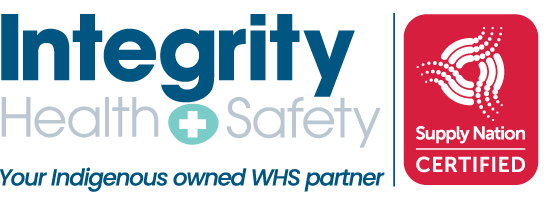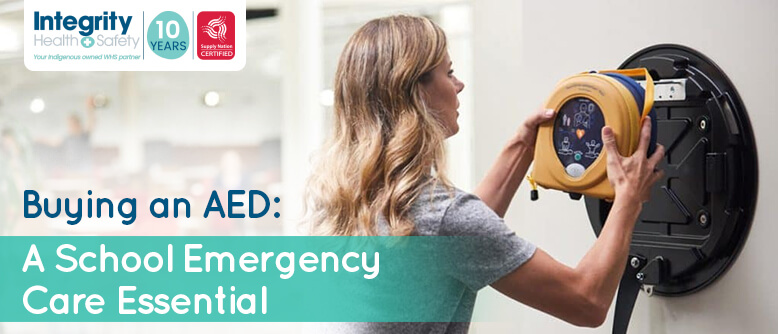For Australians with heart problems, an AED can be a life-saving device. In addition to being vital for family homes, buying an AED is now recognised as absolute essential in public places such as schools.
Knowing how to use a defibrillator and when to use a defibrillator can help in creating a robust emergency response plan. Ensuring staff or volunteer operators are fully trained are also key components of any successful cardiac care program.
In this blog post we’ll explore why owning and buying an AED is essential in providing school emergency care.
First off, what does AED stand for?
AED stand for automated external defibrillator.
What are AEDS? Automated external defibrillators are portable defibrillators that are designed for bystander use.
How do defibrillators work? They send an electric pulse or shock to the heart to restore a normal heart beat or bring it back to sinus rhythm. An AED put in strategic places in a school, for example, will increase the chances of survival of someone who is having a cardiac arrest beacause it will deliver controlled electirc shocks directly to the heart muscle. This helps correct the abnormal electrical activity and restores the normal rhythm of the heart.
Can defibrillators restart a stopped heart? No. A defibrillator also cannot shock a heart that is already in asystole or has completely stopped.
How to use a defibrillator: stick the pads on the patient’s bare chest like you would wear a driver’s seatbelt: one pad goes on to the top right hand side of the chest or the thoracic cavity, and the other pad goes on to the bottom left hand side.
Why is an AED a must-have for school emergency care?
Most schools have an emergency routine ready for natural disasters; however, only a few are ready to tackle a sudden cardiac arrest (SCA) emergency, which shockingly claims the lives of 2-3 young Australians every week – making SCA a leading cause of death in Australian children.
By having an AED readily available in school, response times are significantly reduced which increases the chances of survival after cardiac arrest drastically from 8-10% all the way up to 70%.
In addition, AEDs enable untrained bystanders or bystanders with minimal training – such as teachers or visiting parents and guardians – to perform life-saving interventions instead of needing expensive medical professionals on site immediately.
Other benefits include greater awareness amongst staff and students regarding sudden cardiac arrest scenarios, as well as how to use an AED in emergency situations. Later iterations of AEDS in the market today have clear audio prompts that lets bystanders handle this type of emergency with efficiency despite not having professionals around.
Buying an AED and installing them in strategic locations not only saves the lives of children and school faculty, but also of individuals like parents, guardians, and visitors who may become victims of sudden cardiac arrest while they’re within school premises.
Here’s an example of how having automated external defibrillators saved a person’s life at school
What we recommend when buying an AED
This Zoll AED 3-Fully Automatic Defibrillator Bundle pack that we think would be ideal for schools and universities.

Below are features of the Zoll Plus AED 3-Fully Automatic Defibrillator Bundle that makes it perfect for schools:
- Zoll AED provides real-time audible CPR coaching/feedback
- Enhanced CPR helpRapid Shock Analysis
- Integrated Paediatric rescue
- WiFi Connected
- Has first aid kit wall mount
- Long Life Consumables
- 5-year battery
- 8-year warranty
For more information on which defibrillator would be right for your school, don’t hesitate to touch base with the team of specialists at Integrity Health & Safety today.
Where to buy an AED — Integrity Health & Safety
At Integrity Health and Safety, a Supply Nation certified Indigenous owned business, we strive to be an ethical, sustainable and socially responsible company that provides our clients with leading WH&S products and services while leveraging these relationships to support and improve Indigenous health care capability.
Using our many years’ experience as Paramedics and Healthcare workers, we are able to advise on best practice for defibrillators as part of your home, community or workplace first aid kit preparedness and help to empower your staff to feel confident to act in an emergency.
We are also recognised for tailoring our training to suit each workplace (including schools) and providing relevant, engaging, hands-on training based upon real-life situations. Our training courses are conducted under the auspices of Healthcorp RTO number 91222.




Comments are closed.